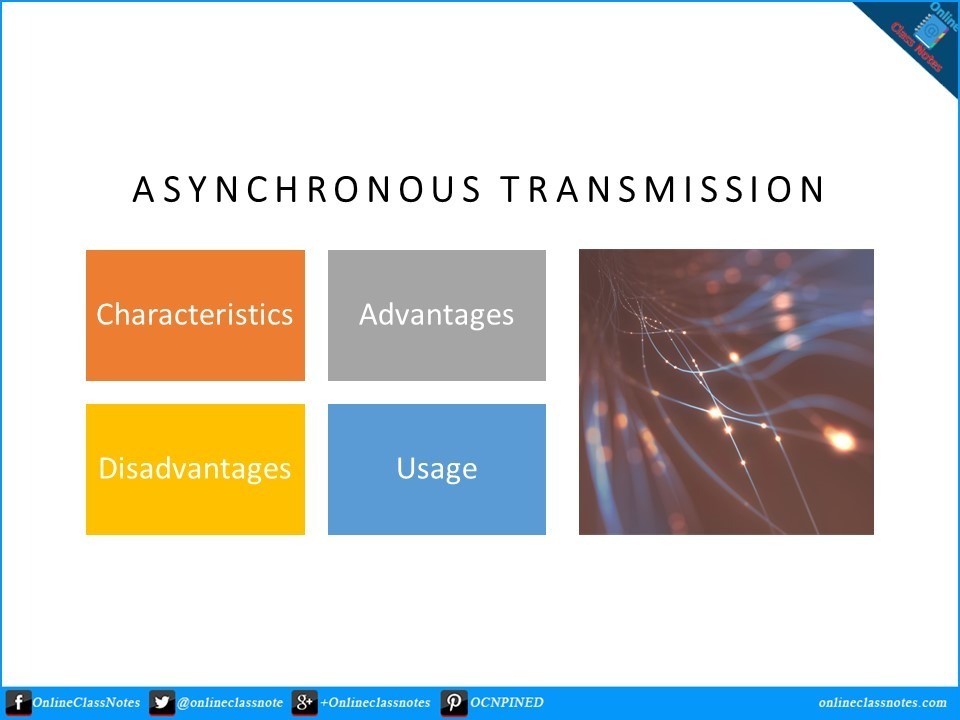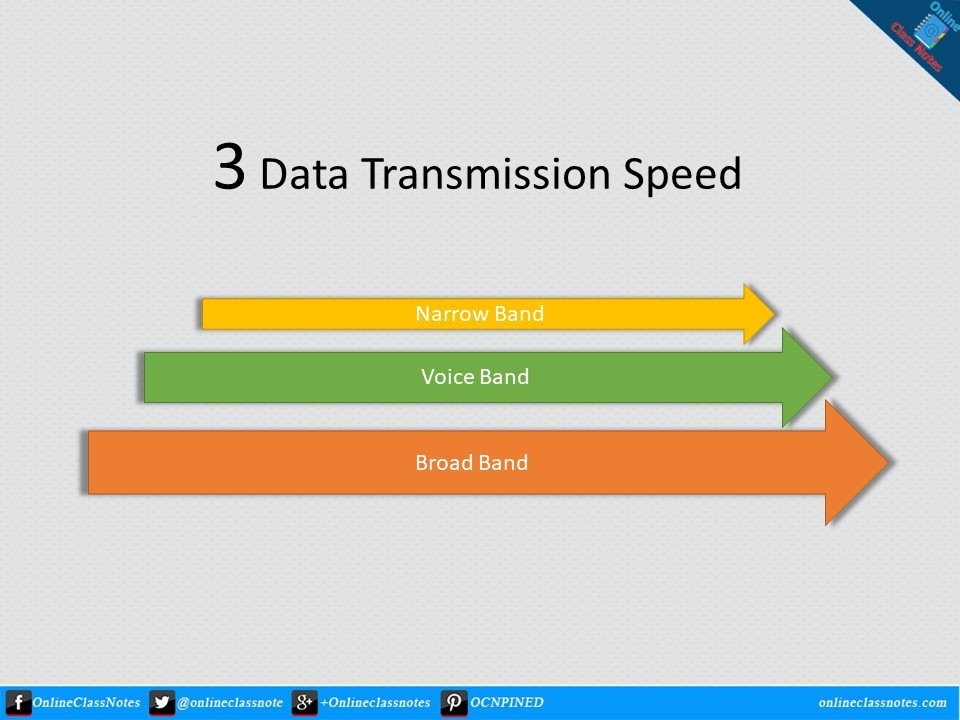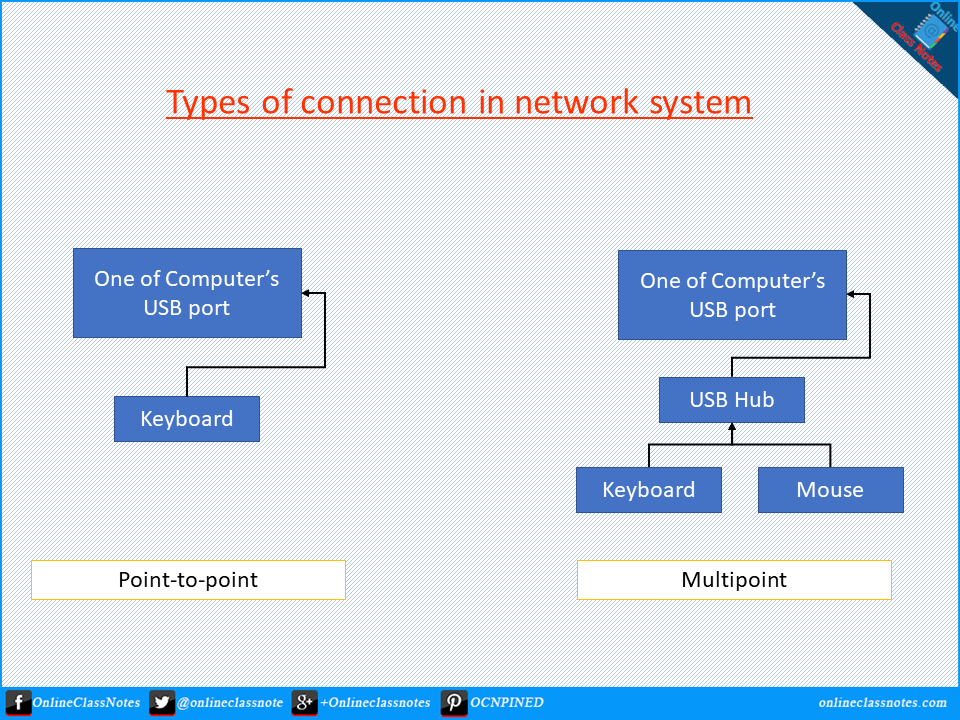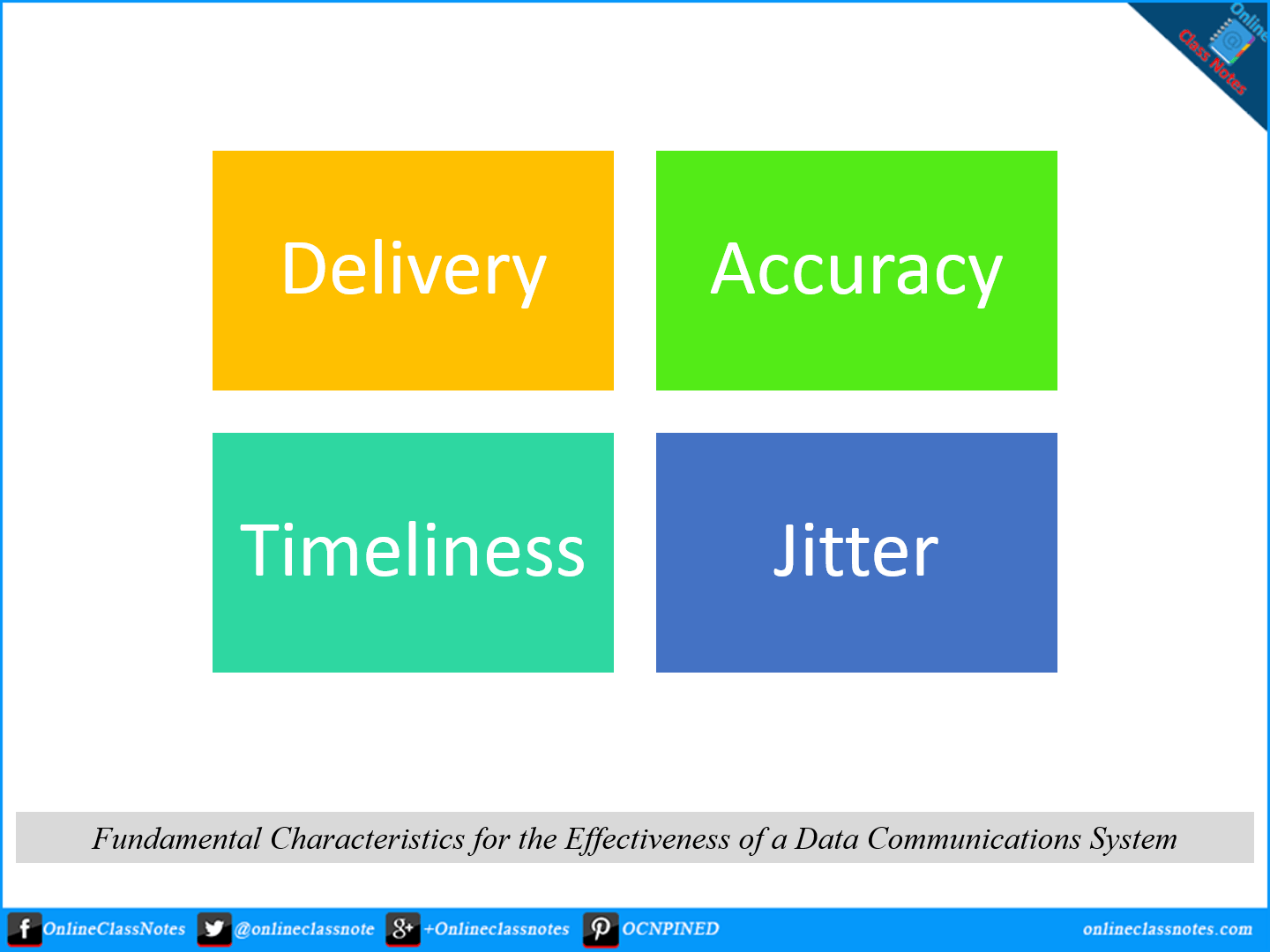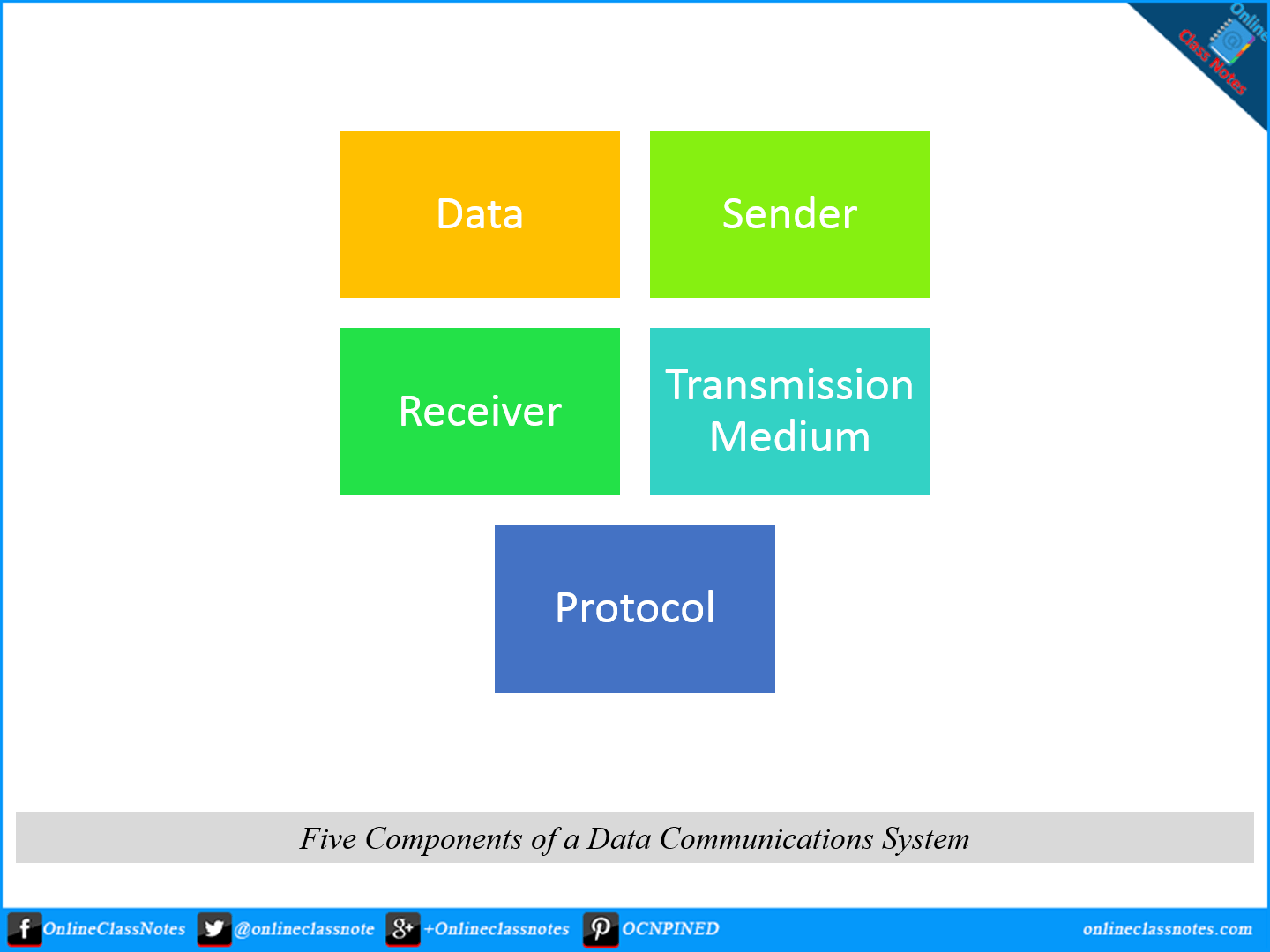Advantages and Disadvantages of Wired and Wireless Networks
The evolution of technology has led to the development of various networking systems. These systems connect devices together for efficient communication and sharing of resources. Wired and wireless networks are two of the most popular types of networks available today. Both types of networks have their own advantages and disadvantages.


